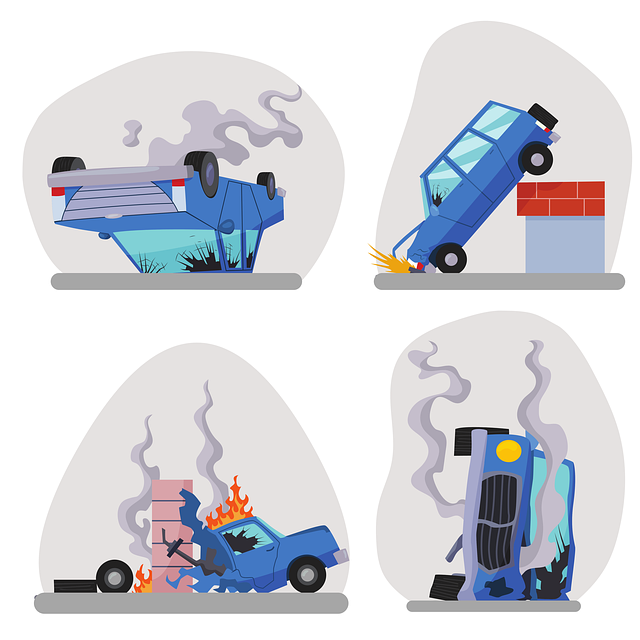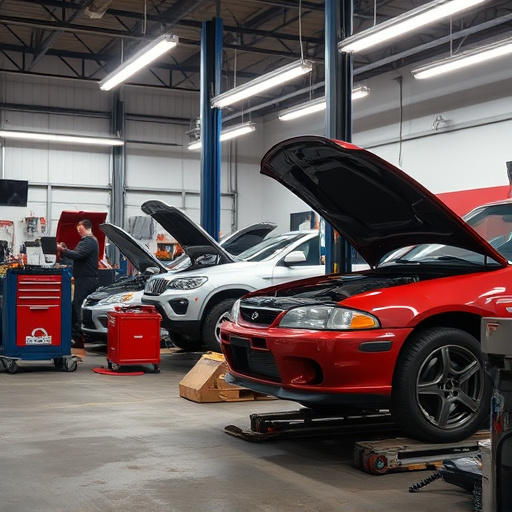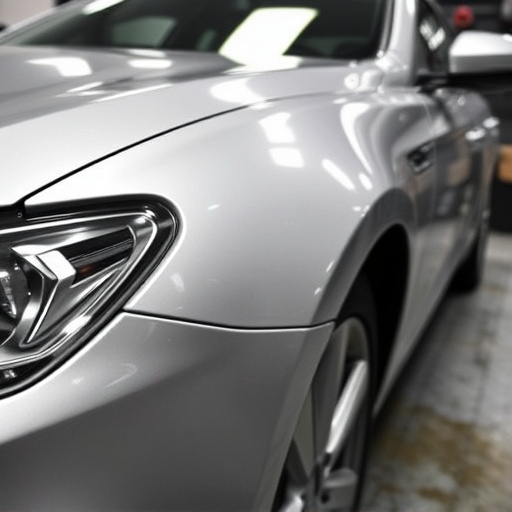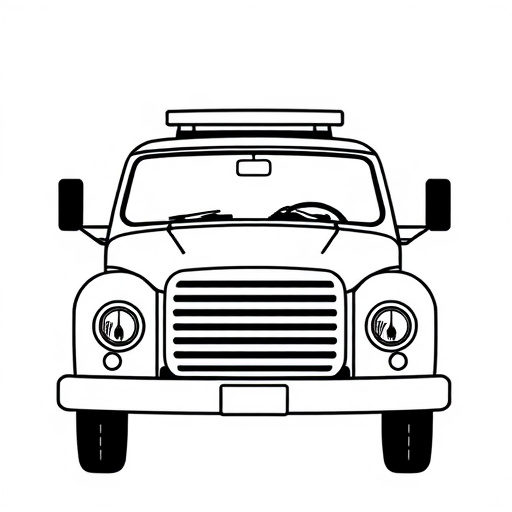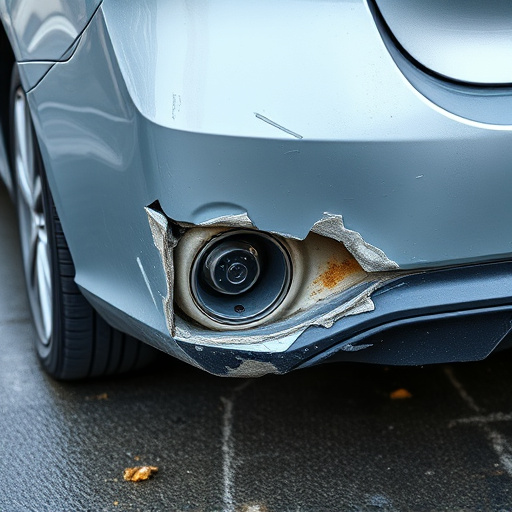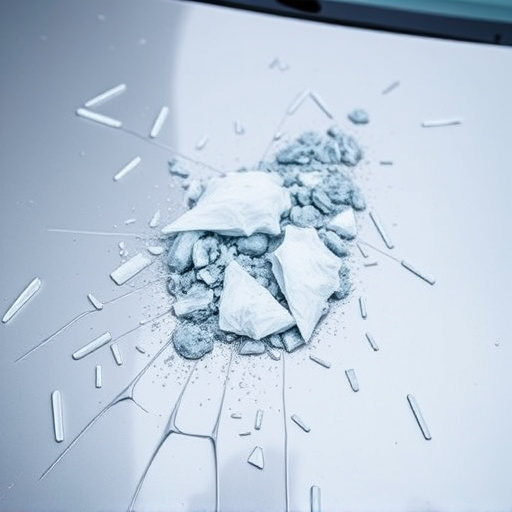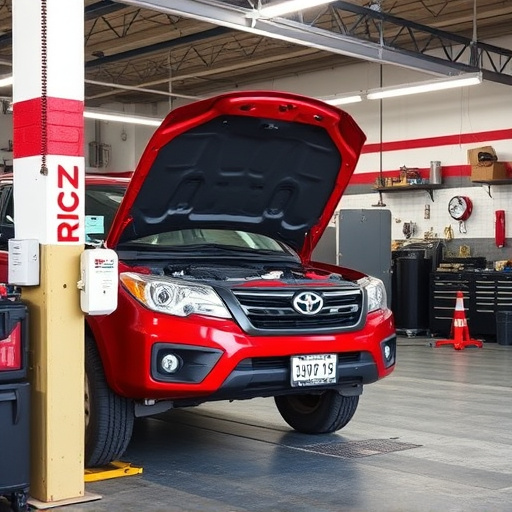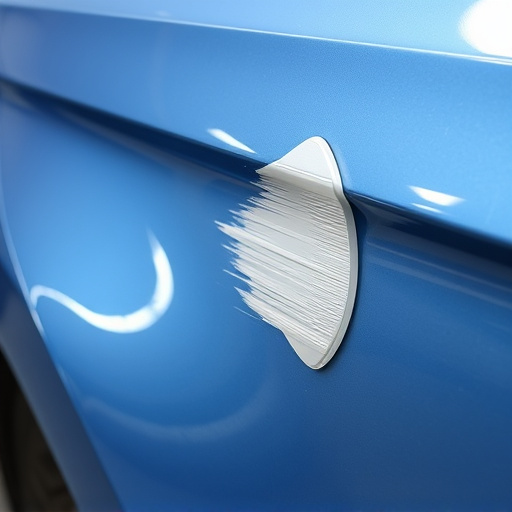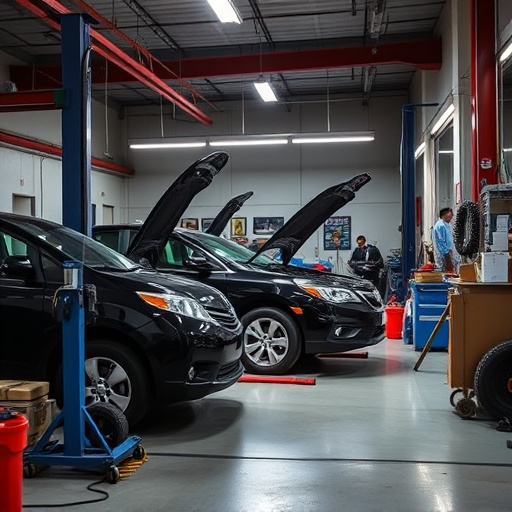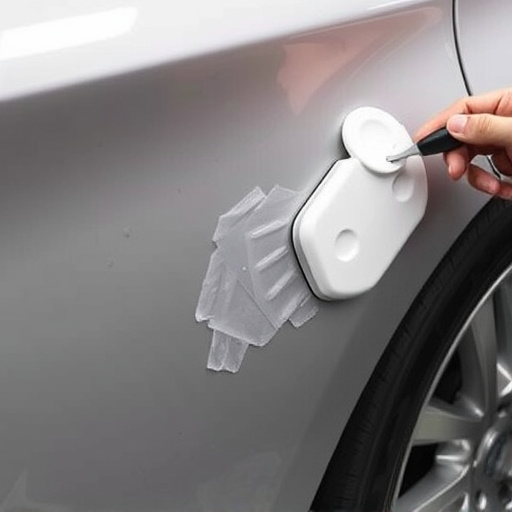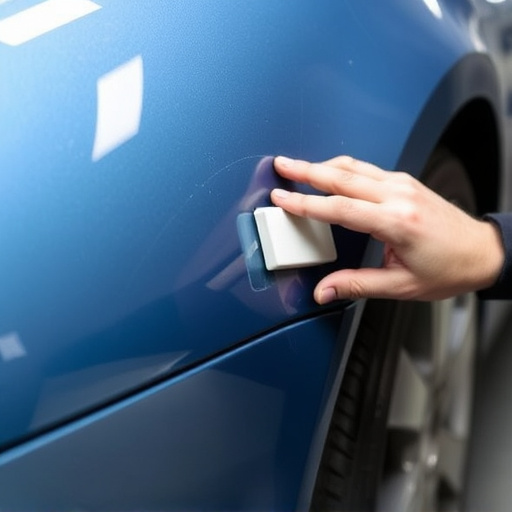Choosing OEM or aftermarket parts for high-end vehicle collision repairs is key to quality restoration. OEM parts ensure precise fit, seamless integration, and safety due to rigorous testing but are more expensive. Aftermarket parts offer cost savings but require careful selection due to variability in quality. For top-tier vehicles like Mercedes Benz, OEM parts maintain luxury and value, making them the ideal choice for precise repairs. A reputable body shop can help select safe, compatible parts, ensuring successful collision repair.
In the realm of high-end vehicle collision repairs, choosing the right replacement parts is paramount. This article delves into the debate between Original Equipment Manufacturer (OEM) and aftermarket parts, offering a detailed analysis for car owners and repair specialists. We explore the nuances of these components, their quality standards, and the unique considerations when restoring premium vehicles. By understanding the advantages and disadvantages of each option, you’ll make informed decisions, ensuring optimal performance and value in high-end collision repairs.
- Understanding OEM and Aftermarket Parts: Definitions and Quality
- Advantages and Disadvantages of Using OEM vs Aftermarket in High-End Vehicle Collision Repairs
- Making an Informed Decision: Factors to Consider When Choosing Parts for Luxury Vehicles
Understanding OEM and Aftermarket Parts: Definitions and Quality
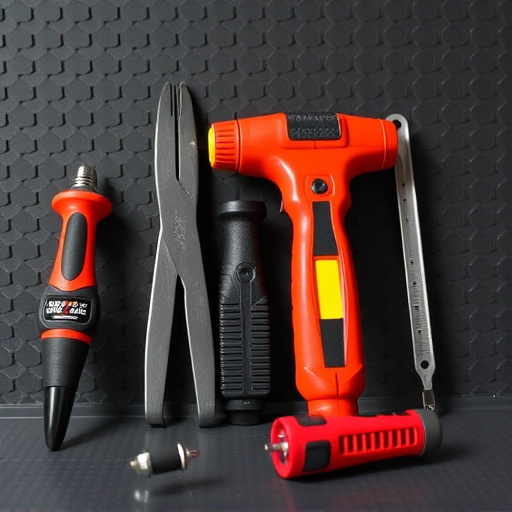
In the realm of high-end vehicle collision repairs, the choice between Original Equipment Manufacturer (OEM) and aftermarket parts is a crucial decision that significantly impacts the quality and longevity of auto body restoration. OEM parts are those precisely designed and manufactured by the vehicle’s original creator, adhering to strict specifications and quality standards set by the carmaker. These genuine components ensure an exact fit and seamless integration into the car’s existing structure, often facilitating a faster and more efficient repair process for high-end vehicles.
Aftermarket parts, on the other hand, are produced by third-party manufacturers and designed to replace OEM parts. While they may offer cost advantages, their quality can vary widely. Some aftermarket suppliers produce parts with superior craftsmanship, ensuring compatibility and durability comparable to OEM offerings. However, it’s essential for collision repair specialists to rigorously test and verify these parts to guarantee they meet the high standards required in auto body restoration, especially when dealing with delicate car bodywork. In the event of a high-end vehicle collision, prioritizing quality ensures that repairs not only restore the car’s appearance but also maintain its overall performance and safety features.
Advantages and Disadvantages of Using OEM vs Aftermarket in High-End Vehicle Collision Repairs
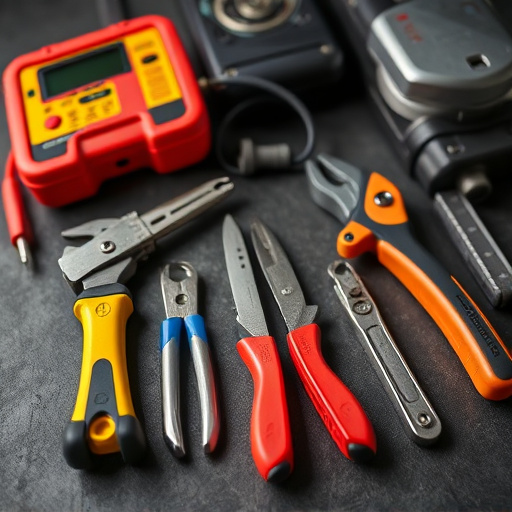
Using Original Equipment Manufacturer (OEM) parts for high-end vehicle collision repairs offers several advantages. These genuine components ensure a precise fit and seamless integration with your car’s existing systems, guaranteeing optimal performance and safety. OEM parts also come with extensive testing and quality control measures, providing peace of mind that the repair will be done right the first time, which is crucial for maintaining the luxury and value of high-end vehicles like Mercedes Benz in top condition.
On the other hand, aftermarket parts offer cost-effectiveness and a wider range of options for car restoration projects. While they might not have the same rigorous testing standards as OEM parts, many aftermarket brands now produce high-quality replicas that are nearly indistinguishable from the originals. Aftermarket components can be a practical solution for budget-conscious auto body services, allowing them to offer competitive pricing without compromising on repair quality. However, the variability in quality and fitment among different aftermarket brands requires meticulous selection to ensure a successful mercedes benz repair or any high-end vehicle collision repair.
Making an Informed Decision: Factors to Consider When Choosing Parts for Luxury Vehicles
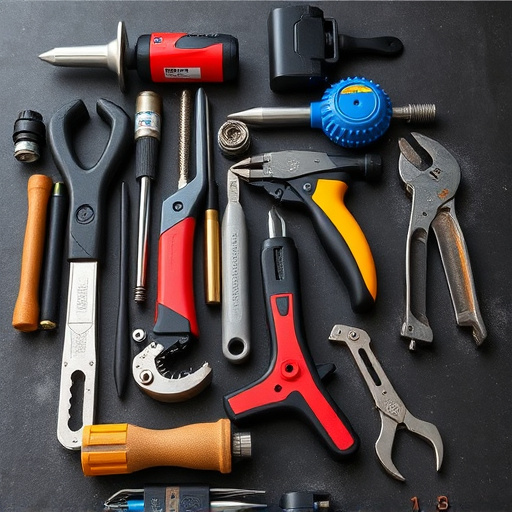
When it comes to high-end vehicle collision repairs, making an informed decision about the right parts is paramount. Owners of luxury vehicles often face a choice between original equipment manufacturer (OEM) and aftermarket parts, both of which have their merits. OEM parts, direct replacements for those used by the vehicle manufacturer, offer guaranteed compatibility, superior quality, and a seamless fit, ensuring the car’s original performance and aesthetics are preserved. However, they can be more expensive due to the added costs associated with research, development, and brand licensing.
In contrast, aftermarket parts provide an affordable alternative, often at a lower cost, making them an attractive option for budget-conscious owners. These parts, while not always identical to OEM counterparts, are designed to fit specific vehicle models and can offer good value for money. When choosing between these options for your high-end vehicle collision repair, consider factors like price, warranty, and compatibility. A reputable car body shop specializing in auto body work can guide you, ensuring the chosen parts meet safety standards and contribute to a successful automotive collision repair, restoring your luxury vehicle to its pre-accident condition.
When repairing a high-end vehicle after a collision, the choice between OEM and aftermarket parts is crucial. While OEM parts offer superior compatibility and performance, they can be cost-prohibitive. Aftermarket parts provide an affordable alternative with consistent quality, but may not always match the exact specifications of OEM components. Ultimately, making an informed decision depends on balancing factors like budget, warranty, and desired level of performance. For high-end vehicle collision repairs, a thoughtful evaluation of these options ensures optimal restoration and safety.
